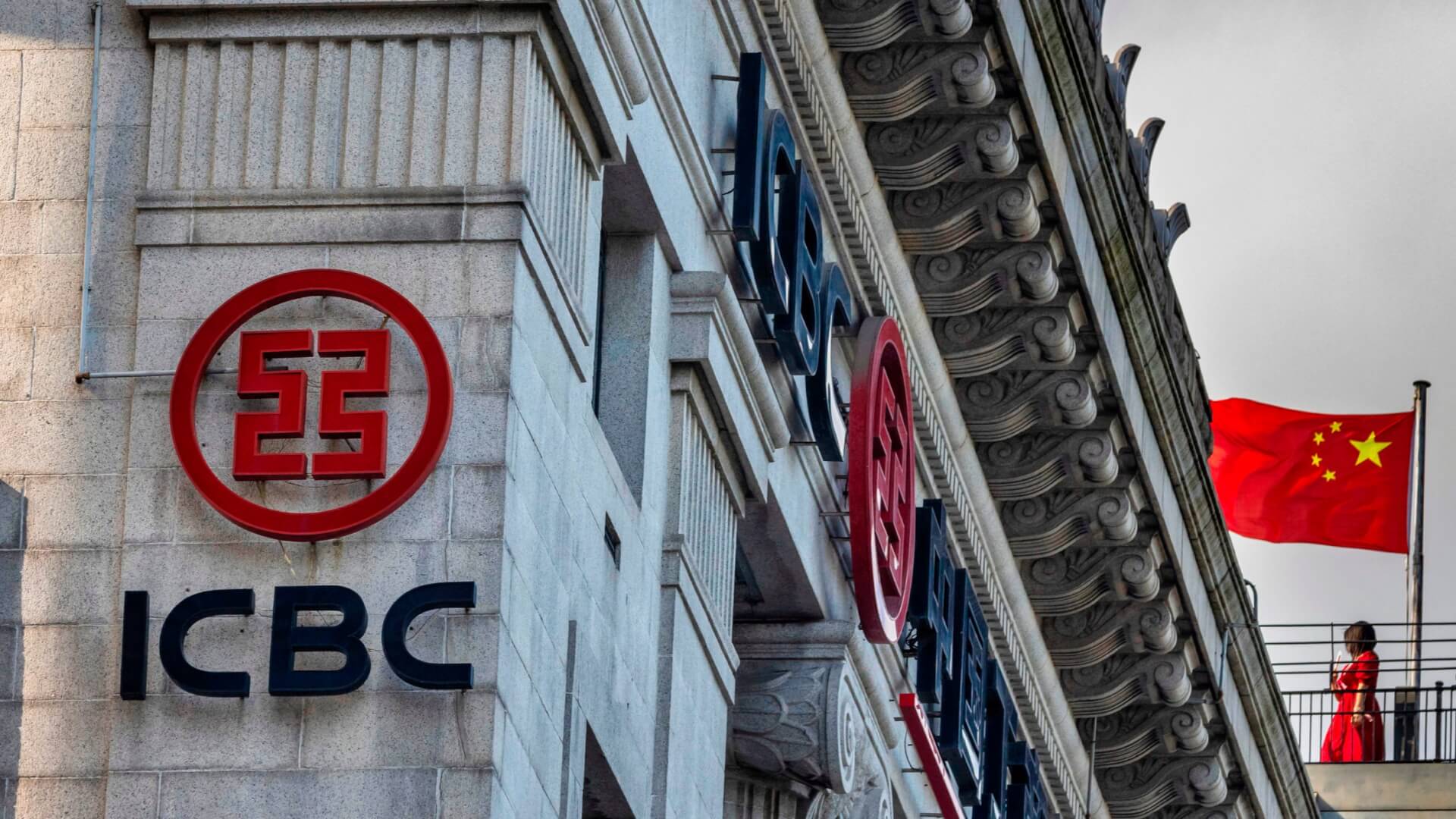According to the Financial Times (FT) report, China’s largest banks are providing billions of dollars to Russia as sanctions compel Western lenders to leave the country.
The report noted that four of China’s largest banks have taken these measures as part of Beijing’s attempts to promote the renminbi as a viable alternative global currency to the dollar.
China Lending Money to Russian Banks
According to the latest official statistics examined for FT by the Kyiv School of Economics, China’s exposure to Russia’s banking sector quadrupled in the 14 months to the end of March this year.
#China’s biggest banks are extending billions of dollars to Russia as sanctions pressure western lenders to exit country, says #FT. https://t.co/QkFOWrMeDS
— BQ Prime (@bqprime) September 4, 2023
According to Russian central bank data, the Industrial and Commercial Bank of China, Bank of China, China Construction Bank, and Agricultural Bank of China increased their combined exposure to Russia from $2.2 billion to $9.7 billion in the 14 months to March, with ICBC and Bank of China accounting for $8.8 billion of the assets.
As per reports, Western banks were under intense pressure from authorities and politicians in their respective nations to depart from Russia, while international sanctions have made business much more difficult.
Andrii Onopriienko, deputy development director at the Kyiv School of Economics, who compiled the data, said: “The loans by Chinese banks to Russian banks and credit institutions, which are for the most part a case of the yuan taking the place of dollars and euros, show the sanctions are doing their job.”
The emergence of renminbi trading emphasises Russia’s economic shift to China, with trade between the two nations reaching a record $185 billion in 2022.
Before last year’s invasion, reports suggest that more than 60% of Russia’s export payments were made in what the country’s officials now refer to as “toxic currencies,” such as the dollar and euro, with the renminbi accounting for less than 1%.
According to Russia’s central bank data, “toxic” currencies now account for less than half of export payments, while the renminbi accounts for 16%.
⚡ Czechia investigates Raiffeisen Bank over Russia business.
— UNITED24media (@United24media) August 29, 2023
The probe is reportedly focused on whether Raiffeisen Bank violated sanctions imposed on Russia by the European Union. pic.twitter.com/sHfkPDtxHD
Western Banks Exiting Russia
Raiffeisen Bank of Austria, the foreign bank with the most exposure to Russia, has stated that it is considering exiting the country and has decreased its assets to $25.5 billion since March, the report added.
Raiffeisen is one of the few Western banks that has maintained a significant presence in Russia after many other international lenders severed connections and sold subsidiaries last year. As per reports, the European Central Bank is intensifying pressure on the banks it regulates, particularly Raiffeisen, to leave Russia.
Raiffeisen reportedly stated that it was looking to find methods to sell or spin off its Russian business while remaining compliant with local and international rules and regulations. “We are committing to further reducing business activity in Russia whilst we continue to progress such potential transactions,” the bank added.
According to the FT report, overall, foreign lenders’ share of Russian banking assets fell from 6.2% to 4.9% in the 14 months to March.
However, measures implemented by the Kremlin last summer have made it much more difficult for international banks to sell their Russian businesses. Last week, Russia’s deputy finance minister, Alexei Moiseev, reiterated the government’s position to obstruct foreign bank sales.

